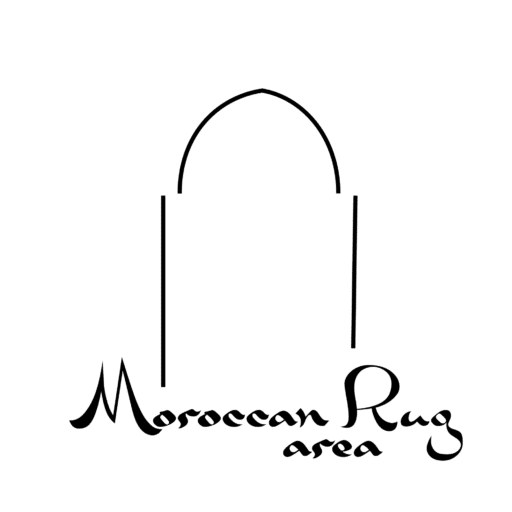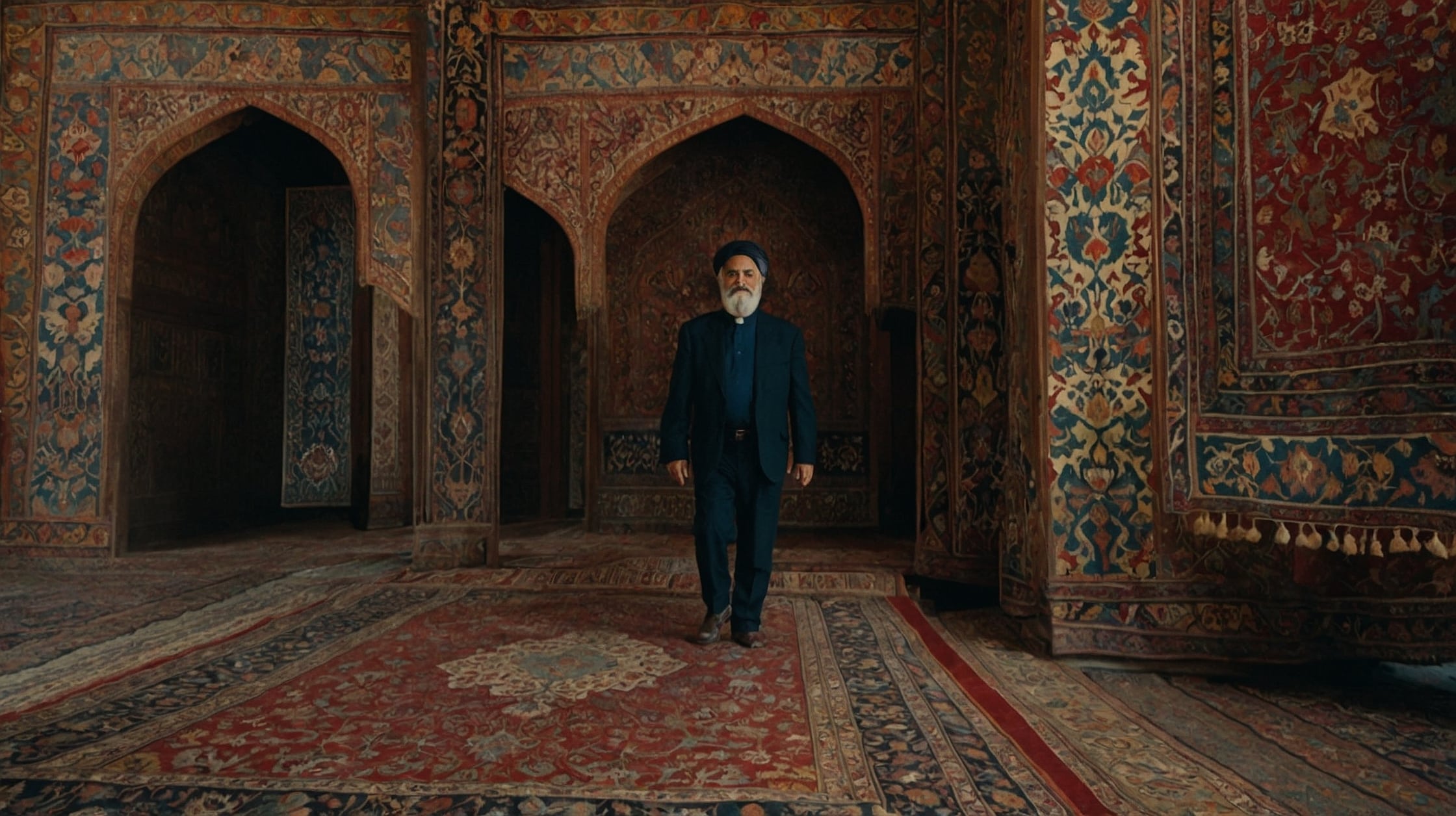Why Choose Persian Rugs?
Persian rugs captivate many with their timeless beauty and meticulous craftsmanship. Each rug is a masterpiece, representing centuries of tradition and artistic expression. One of the primary reasons for choosing a Persian rug is its rich cultural heritage. These rugs are deeply rooted in Persian history, with designs that often tell stories of ancient civilizations, nature, and royalty.
Craftsmanship is another compelling reason. Persian weavers use age-old techniques passed down through generations. These rugs are hand-knotted, often taking months or even years to complete. This labor-intensive process results in a durable and high-quality product. The materials used, such as wool, silk, and natural dyes, further enhance the rug’s longevity and appearance.
Persian rugs are not merely decorative pieces; they are investments. Over time, their value often appreciates, making them a worthwhile addition to any home. Collectors and art enthusiasts frequently seek out these rugs for both their aesthetic appeal and financial potential.
The versatility of Persian rugs is another advantage. They come in a variety of colors, patterns, and sizes, suitable for different spaces and styles. Whether placed in a living room, bedroom, or hallway, a Persian rug can elevate the decor, adding warmth and luxury.
Moreover, owning a Persian rug connects one to a global tradition of craftsmanship and artistry. It’s not just a piece of fabric; it’s a slice of history and culture. Each rug has a unique story behind it, making it a conversation starter in any setting.
Additionally, Persian rugs are known for their comfort. The quality materials and intricate weaving result in a soft texture that is pleasant underfoot. This makes them perfect for spaces where people gather and spend time.
Finally, sustainability is an important consideration. Handmade Persian rugs are eco-friendly compared to machine-made alternatives. They are produced using natural materials and dyes, which have less environmental impact.
In summary, choosing a Persian rug means opting for heritage, quality, and sustainability. It’s an investment in not just decor but also art and history. Whether for their beauty or their value, Persian rugs are an excellent choice for any discerning buyer.
Rich Cultural Heritage of Persian Rugs
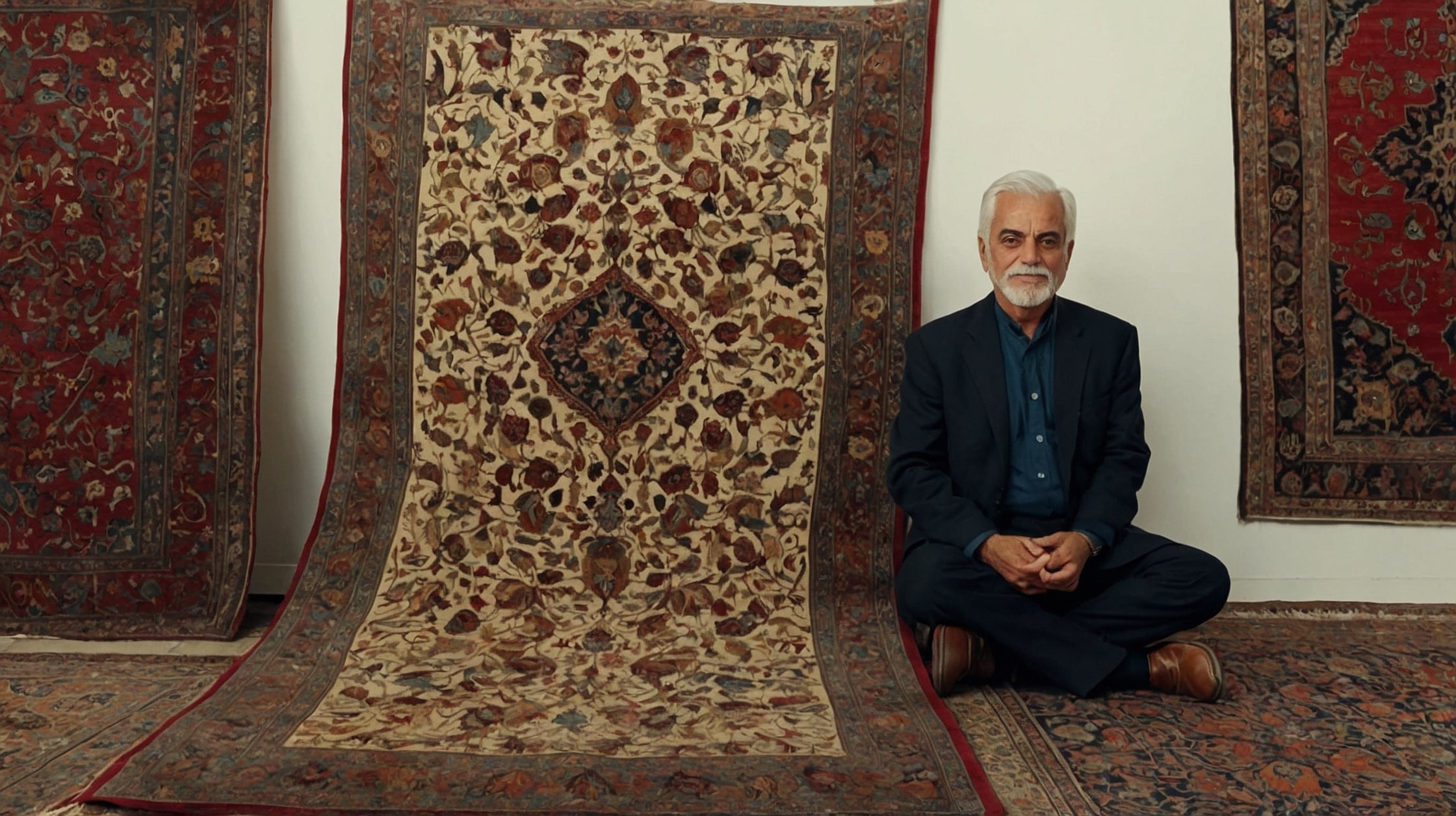
Persian rugs hold a profound cultural significance. They trace their origins back thousands of years, firmly rooted in Persian civilization. Each rug is a narrative, depicting ancient tales and intricate designs that reflect the region’s rich history.
The art of weaving Persian rugs began in the nomadic tribes of Persia. These early weavers created rugs not just for functional use but as a means to tell stories and preserve culture. Patterns often include representations of historical events, flora, fauna, and geometric shapes that symbolize various elements of Persian life.
Traditional motifs are central to these designs. Common symbols include the boteh, which resembles a teardrop and is often interpreted as a representation of a flame, leaf, or pinecone. Another popular motif is the gul, a flower design symbolizing purity and beauty. These motifs aren’t random; they often have specific meanings passed down through generations.
Colors play a crucial role as well. Persian weavers use natural dyes derived from plants, minerals, and insects. This practice results in vibrant hues that maintain their brilliance over time. For instance, deep blues might come from indigo, while reds could be derived from cochineal insects or madder roots. Each color choice carries cultural symbolism.
Persian rugs also reflect regional influences. Different areas within Persia have distinct styles and techniques. For example, rugs from the city of Tabriz are known for their detailed floral patterns, whereas those from Heriz feature bold geometric designs. These regional differences add to the diversity and richness of Persian rug artistry.
In addition to aesthetic elements, Persian rugs serve practical purposes in Persian culture. Historically, they were used in homes as floor coverings and wall hangings to provide insulation against harsh weather. They were essential household items that showcased an individual’s status.
Moreover, Persian rugs have always had a social aspect. They were often given as gifts during important occasions such as weddings and births. This practice highlights their value not just as decorative items but as tokens of goodwill and prosperity.
In contemporary times, the legacy of Persian rugs continues. They stand as a testament to an enduring tradition of artistic excellence and cultural heritage. People around the world admire them not only for their beauty but also for the history and craftsmanship they embody.
The cultural heritage embedded in each Persian rug invites appreciation for both art and history. This enduring tradition ensures that each rug is more than just a textile; it’s a piece of Persia’s soul and identity.
High-Quality Craftsmanship in Persian Rugs
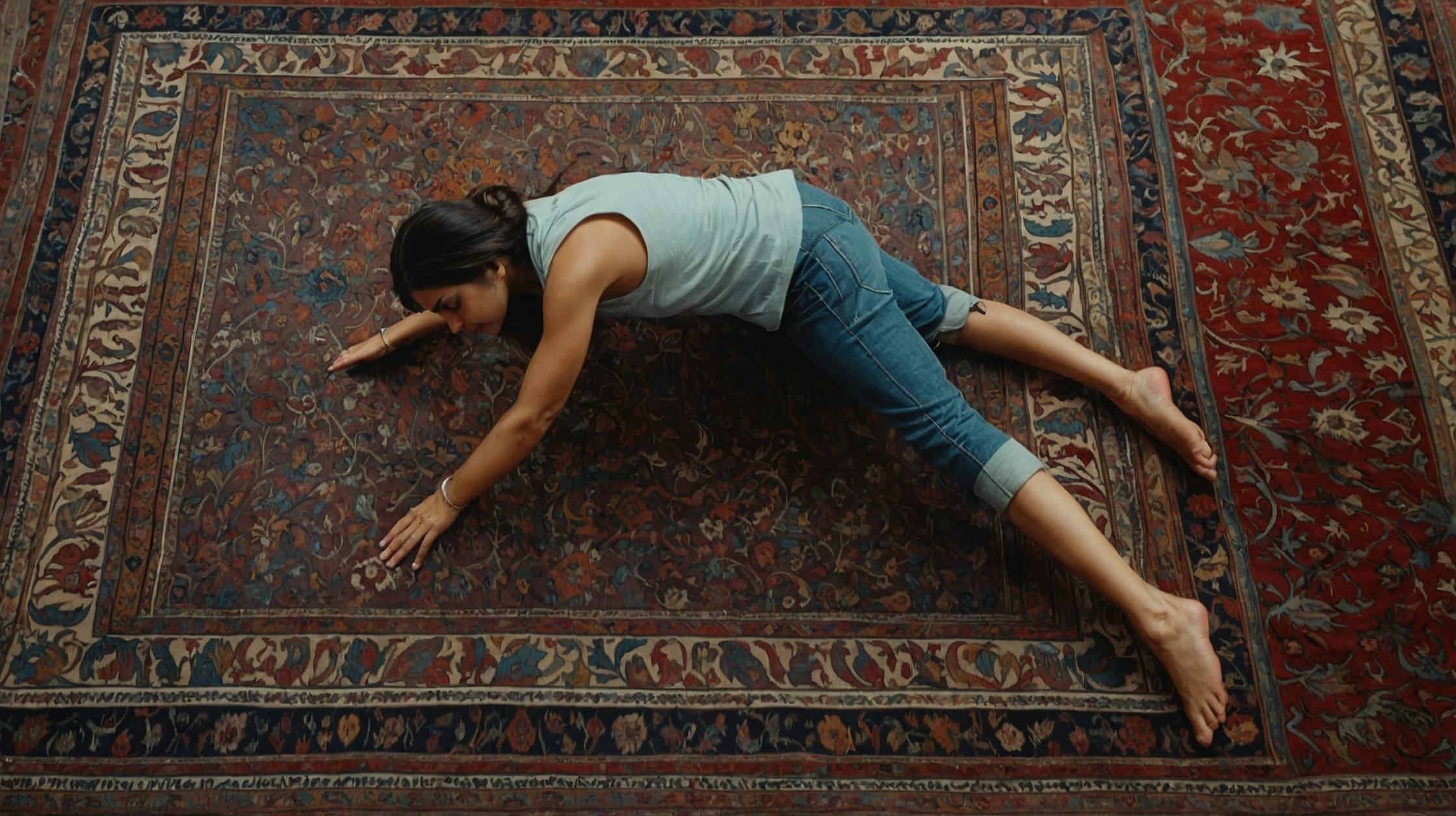
Persian rugs are renowned for their extraordinary craftsmanship. Each piece is handcrafted using techniques that have been perfected over centuries. Skilled artisans spend months, sometimes even years, meticulously weaving every detail.
The weaving process begins with sourcing high-quality materials. Wool, silk, and cotton are the primary fibers used. Each fiber brings unique characteristics to the rug. Wool is durable and warm, making it ideal for floor coverings. Silk, on the other hand, adds a sumptuous luster that elevates the rug’s elegance.
Artisans use hand-knotted techniques to ensure durability and precision. A single rug can contain up to millions of knots per square meter. This high knot count contributes to the rug’s intricate designs and overall quality. The higher the knot density, the finer the detail in patterns and motifs.
Dyers play a vital role in crafting Persian rugs. They use natural dyes extracted from plants, minerals, and insects. These natural dyes produce rich, deep colors that are both vibrant and long-lasting. The specific dyeing process ensures that colors remain fast over time, adding to the longevity of the rug.
Weavers follow traditional patterns and motifs that have been passed down through generations. These designs often feature geometric shapes, floral arrangements, and symbolic elements. Careful attention is paid to symmetry and balance in each pattern, which is crucial for aesthetic appeal.
The borders of Persian rugs are especially noteworthy. They often contain elaborate and intricate designs that frame the central pattern. These borders not only enhance the visual appeal but also provide structural integrity.
Finishing touches include trimming excess fibers and ensuring uniform pile height. This final step brings out the clarity of the design and softens the texture of the rug. Each finished product undergoes a thorough quality check to ensure it meets high standards.
Collectors and interior designers highly prize these rugs for their craftsmanship. They are more than just decorative pieces; they are investments that appreciate over time. Owning a Persian rug means possessing a piece of art that melds functionality with history.
From selecting materials to completing intricate designs, each step of making a Persian rug showcases dedication and skill. The result is a masterpiece that reflects exquisite craftsmanship and rich cultural heritage.
Types of Persian Rugs
Persian rugs come in various styles, each representing different regions of Iran. These distinct designs offer a variety of choices for buyers seeking unique pieces.
Tabriz Persian rugs are among the most well-known. Originating from the city of Tabriz, these rugs often feature intricate patterns and vibrant colors. They usually incorporate medallion motifs and floral designs. The craftsmanship is exceptional, with a high knot density that enhances detail.
Kashan Persian rugs are another popular type. These come from the city of Kashan, renowned for its fine weaving tradition. Kashan rugs typically exhibit symmetric designs. Common motifs include floral arrangements and central medallions, often framed by elaborate borders. The colors are rich, with deep reds and blues predominating.
Isfahan Persian rugs are celebrated for their artistic quality. Manufactured in the city of Isfahan, these rugs use silk and fine wool. They frequently display intricate, symmetrical patterns. Central medallions, floral motifs, and garden scenes are prevalent. The knot density is typically high, resulting in detailed and refined designs.
Shiraz Persian rugs originate from the city of Shiraz and surrounding villages. These rugs have a more tribal aesthetic. Designs often include geometric patterns and animal figures. The colors are usually vibrant, featuring reds, oranges, and browns. They are relatively coarser compared to other types but durable.
Hamadan Persian rugs come from the Hamadan region, comprising many villages, each with its own design style. These rugs often feature bold geometric patterns. They use natural dyes, resulting in rich color schemes. While generally less intricate, they offer robust construction and durability.
Kerman Persian rugs are famed for their elaborate designs and soft wool. Produced in the city of Kerman, these rugs frequently exhibit floral motifs and central medallions. The colors range from soft pastels to vivid hues. They are known for their durability and often feature a high knot density.
Baluch Persian rugs hail from the Baluchistan region. These tribal rugs generally have darker colors like deep reds, blues, and browns. Their designs include geometric shapes and symbolic patterns. Despite their coarse texture, they are prized for their durability.
In conclusion, the diversity in Persian rug styles provides a wide array of options to suit different tastes and decor needs. Each type carries its own unique characteristics, reflecting the rich cultural heritage and exceptional craftsmanship of its place of origin.
Tabriz Persian Rugs
Tabriz Persian rugs originate from Tabriz, one of Iran’s oldest carpet-weaving centers. These rugs are renowned for their intricate designs and outstanding quality. Craftsmen in Tabriz employ a high knot density, allowing for detailed and complex patterns. The materials used predominantly include fine wool, silk, or a combination of both, ensuring durability and a luxurious feel.
The design motifs often feature a central medallion, surrounded by elaborate floral and geometric patterns. This intricate detailing is a hallmark of the Tabriz style and showcases the artisans’ exceptional skill. The color palette is equally rich, typically incorporating vibrant reds, blues, and golds, creating a striking visual impact.
In addition to medallion designs, Tabriz rugs also feature Herati, Mahi (fish), and Shah Abbasi patterns. Each pattern has its own distinct charm but shares the common trait of meticulous detail. The borders of these rugs are usually decorated with complementary motifs, adding to their overall aesthetic appeal.
One noteworthy characteristic of Tabriz rugs is their versatility. They come in various sizes and shapes, making them suitable for different spaces and purposes. Whether used as a focal point in a living room or a decorative piece in a hallway, they adapt seamlessly to varied settings.
Tabriz weavers have been perfecting their craft for generations. This long-standing tradition ensures that each rug maintains high-quality standards. Buyers of Tabriz Persian rugs can trust that they are investing in a piece of art with enduring value.
Another appealing aspect of these rugs is their ability to blend traditional artistry with contemporary trends. While deeply rooted in history, the designs can also complement modern decor. This adaptability makes them a popular choice among collectors and interior designers alike.
Pricing for Tabriz Persian rugs varies widely based on factors such as size, materials, and complexity of design. Though they may be a significant investment, their longevity and timeless beauty justify the expense. When properly cared for, these rugs can last for generations, becoming cherished family heirlooms.
In summary, Tabriz Persian rugs embody the rich cultural heritage and high-quality craftsmanship of Persian rug-making traditions. Their intricate designs, vibrant colors, and adaptability ensure they remain a coveted choice for anyone looking to add a piece of timeless beauty to their home decor.
Kashan Persian Rugs
Kashan Persian rugs, originating from the city of Kashan, Iran, are revered for their beauty and durability. They have a long history, with rug-making in Kashan dating back to the 17th century Safavid era. These rugs are among the finest examples of Persian craftsmanship.
The designs often feature a central medallion, surrounded by floral motifs and arabesques. The detailing is intricate, reflecting the high skill level of Kashan weavers. Colors typically include rich reds, ivory tones, deep blues, and occasional greens. Silk and high-quality wool are the primary materials used, giving these rugs a luxurious feel and lasting durability.
One distinguishing feature of Kashan rugs is their elaborate corner pieces known as “spandrels.” These spandrels mirror the medallion’s design, creating a harmonious pattern throughout the rug. This symmetry is an essential characteristic that distinguishes Kashan rugs from other types.
The weaving technique used in Kashan is the Persian knot, also known as the Senneh knot. This knotting style allows for greater precision in the designs, resulting in highly detailed and refined patterns. The knot density (measured in knots per square inch) is generally very high, signifying the weaver’s meticulous attention to detail.
Beyond their aesthetic appeal, Kashan rugs are also known for their robustness. The high-quality materials and tight weaving make them resistant to wear and tear. This ensures that they can be enjoyed for many years, even in high-traffic areas of a home.
Traditionally, Kashan rugs often depict symbolic elements such as garden themes, with trees, flowers, and fountains. These designs aim to bring a sense of nature and tranquility into indoor spaces. Sometimes, the rugs also feature imagery inspired by Persian mythology and poetry, adding layers of meaning to their beauty.
Their versatility makes them suitable for various settings. Whether used as statement pieces in grand living rooms or to add elegance to more subdued spaces, they fit seamlessly into different decor styles. This adaptability makes them a popular choice among interior designers and homeowners alike.
Pricing for Kashan rugs varies based on factors like size, material quality, and complexity of design. While they represent a significant investment, their long-lasting nature and timeless beauty provide excellent value for money. Proper care and maintenance can further ensure that these exquisite rugs remain in pristine condition for generations.
In conclusion, Kashan Persian rugs are a testament to the rich cultural heritage and exceptional craftsmanship of Iranian weavers. Their intricate designs, luxurious materials, and durability make them a prized possession for anyone looking to enhance their home with a touch of classic elegance.
How to Care for Persian Rugs
Cleaning Techniques for Persian Rugs
Proper cleaning is essential to maintain the beauty and longevity of Persian rugs. Regular vacuuming helps remove dirt and dust that can accumulate over time. Always vacuum in the direction of the pile to avoid damaging the fibers. For deeper cleaning, consider professional rug cleaning services, especially for delicate or antique pieces. Spot cleaning is also important; immediately blot spills with a clean, damp cloth to prevent stains. Avoid using harsh chemicals as they can damage the natural fibers and dyes.
Preventing Damage to Persian Rugs
Preventing damage is key to preserving Persian rugs. Use rug pads to reduce friction between the rug and floor, extending its life. Rotate the rug every few months to ensure even wear and fading. Keep rugs away from direct sunlight, which can cause colors to fade over time. Take care when placing furniture on rugs; using furniture coasters can help distribute weight more evenly and prevent dents. Also, periodically shake out smaller rugs to remove debris that vacuuming might miss.
Pet owners should take extra precautions. Keep pets’ nails trimmed to minimize snags and pulls in the rug fibers. Accidents happen, so clean pet stains promptly using a gentle solution of water and white vinegar, blotting rather than rubbing.
Regular inspections help detect any damage early. Look for signs of wear, loose threads, or areas where the rug may be unraveling. Address these issues promptly to prevent further damage.
Cleaning Techniques for Persian Rugs
Proper cleaning is crucial to keep a Persian rug looking its best. Regular vacuuming helps remove dirt and dust. It’s important to vacuum in the direction of the pile to avoid damaging the fibers. For a more thorough clean, professional rug cleaning services are recommended. They have the expertise and equipment to handle delicate or antique rugs.
Spot cleaning is another essential practice. When spills occur, it’s vital to act quickly. Blot the spill with a clean, damp cloth immediately. This helps to prevent stains from setting in. Harsh chemicals should be avoided as they can harm the natural fibers and dyes of the rug.
Beyond regular vacuuming and spot cleaning, there are other techniques to consider for maintaining a Persian rug. Periodically shaking out smaller rugs can help dislodge debris that vacuuming might miss. If the rug can handle mild rinsing, use cold water to wash it gently, but always test a small area first.
Dealing with pet stains requires special attention. Promptly clean any accidents using a solution of water and white vinegar. Dab rather than scrub to avoid pushing the stain further into the fibers. Pet owners should also keep their pets’ nails trimmed to reduce the chances of snags or pulls in the rug.
It’s also beneficial to take rugs outside occasionally for an air-dry, especially in dry weather. Avoid hanging the rug directly under sunlight, as it can cause fading. If possible, lay it out flat on a clean surface when air-drying.
Regular inspections help catch potential issues early. Look for signs of wear, loose threads, or areas where the rug might be unraveling. Address these issues promptly by seeking professional repairs if necessary.
Finally, rotating the rug every few months ensures even wear and reduces fading from light exposure. Never fold a Persian rug for storage; roll it instead to prevent creases. By following these cleaning techniques, one can keep a Persian rug in excellent condition for years to come.
Preventing Damage to Persian Rugs
Preserving the beauty and integrity of a Persian rug requires consistent maintenance and care. One effective way to prevent damage is by using rug pads. These not only keep rugs in place but also reduce wear and tear caused by foot traffic. Rug pads provide cushioning, which minimizes friction between the rug and the floor.
To protect against fading, place Persian rugs away from direct sunlight. Sunlight can cause colors to fade over time, diminishing the rug’s aesthetic appeal. If relocating the rug is not possible, consider using window treatments like blinds or curtains to filter sunlight.
Pests are a common threat to Persian rugs. Moths and carpet beetles can cause significant damage if not addressed promptly. Regularly inspect rugs for signs of pest activity such as larvae or small holes. Using cedar blocks or sachets with natural oils can help repel these pests effectively.
High-traffic areas expose rugs to more wear and tear. Moving furniture regularly helps distribute the weight and prevents permanent indentations. Rotating the rug every few months also ensures even wear and prolongs its lifespan.
Mistakes during cleaning can lead to irreversible damage. It’s crucial to avoid harsh chemicals and excessive moisture when cleaning Persian rugs. Always use gentle, pH-balanced cleaning solutions recommended for delicate fibers. Test any new cleaning product on a small, inconspicuous area before applying it to the entire rug.
Accidents do happen, and knowing how to respond is essential. Immediately blot spills with a clean cloth; do not rub or scrub as this can set the stain and damage the fibers. A mix of water and white vinegar applied sparingly can help neutralize stains without harming the rug.
Avoid placing heavy furniture directly on Persian rugs without protection. Furniture coasters or pads can help distribute the weight and prevent crushing the pile. When moving furniture, lift rather than drag it to avoid snagging the rug’s fibers.
Regular professional cleaning is advisable for keeping rugs in optimal condition. Experts can handle intricate patterns and delicate materials without causing damage. Scheduling a professional clean once a year helps maintain the rug’s appearance and structural integrity.
The correct storage method also plays a vital role in preventing damage. Roll the rug rather than folding it to avoid creases. Store it in a cool, dry place away from direct sunlight and moisture, ideally wrapped in breathable material like cotton sheets.
By adopting these preventive measures, one can effectively safeguard their Persian rug against common forms of damage, ensuring it remains a cherished piece for years to come.
Where to Buy Authentic Persian Rugs
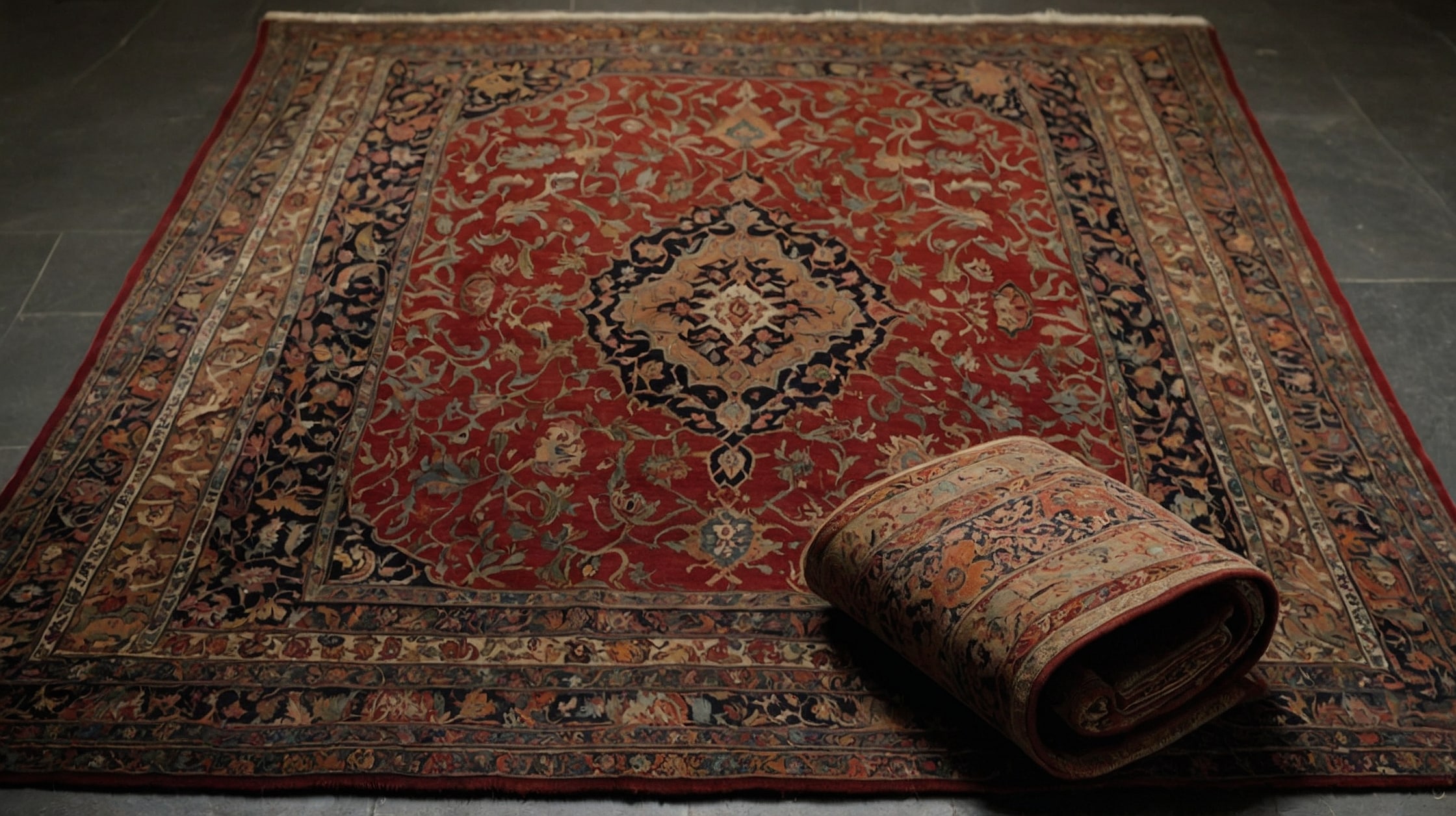
Trusted Persian Rug Dealers
Finding authentic Persian rugs requires purchasing from reputable dealers. Established rug stores often have decades of experience in sourcing and selling high-quality pieces. These stores usually offer a variety of Persian rugs, ensuring that customers have a wide range of options. Visiting a trusted dealer allows buyers to see and feel the rug before purchasing, which helps in assessing the quality and authenticity.
Many reputable dealers provide certificates of authenticity. This guarantees the rug’s origin and craftsmanship, giving buyers peace of mind. Additionally, these dealers often offer valuable information about the rug’s history and care instructions. Building a relationship with a trusted dealer can lead to better service and exclusive access to rare pieces.
It’s beneficial to research dealers before buying. Reading customer reviews and testimonials can help gauge the dealer’s reputation. Reputable dealers will also have well-maintained websites featuring their collections along with detailed descriptions.
Buy Persian Rugs Online
For those who prefer online shopping, several specialized websites offer authentic Persian rugs. These platforms often provide extensive catalogs, complete with high-resolution images and detailed descriptions. Buying online can be convenient, especially for those who live far from major cities where brick-and-mortar stores are located.
When purchasing online, look for platforms that offer clear return policies. This ensures that if the rug doesn’t meet expectations, it can be returned or exchanged easily. Customer reviews are invaluable when buying online. Feedback from previous buyers can provide insights into the rug’s quality and the seller’s reliability.
Many online stores offer virtual consultations. Buyers can discuss their preferences with experts who can recommend suitable options. Some online platforms also provide certificates of authenticity to guarantee that the rugs are genuine.
Auctions are another avenue for acquiring authentic Persian rugs online. Websites like Sotheby’s and Christie’s frequently feature high-quality Persian rugs. These auctions often come with detailed provenance, ensuring the rug’s authenticity.
Membership in industry organizations is a good sign of a reputable online dealer. Look for dealers who are members of the Association of Rug Care Specialists (ARCS) or similar bodies. Membership indicates a commitment to high standards and ethical practices.
In summary, whether purchasing from trusted brick-and-mortar stores or through reputable online platforms, buyers have several avenues to find authentic Persian rugs. Conducting thorough research and choosing reputable sources helps ensure the acquisition of a genuine and beautiful piece.
Trusted Persian Rug Dealers
Purchasing authentic Persian rugs means finding reputable dealers. Trusted dealers often have years of experience in the industry. They source their rugs from reliable artisans and maintain a wide selection. Their expertise ensures that each rug meets high standards of quality and authenticity.
These dealers typically offer certificates of authenticity. This verification method reassures buyers about their purchase. Such certificates include details about the rug’s origin and craftsmanship. Knowing this information enriches the story and value of your rug.
Most reputable Persian rug dealers have physical stores. Visiting a store allows potential buyers to see and feel the rugs firsthand. This tactile experience is essential for understanding the rug’s texture, color, and quality. In-store visits also provide an opportunity to ask detailed questions.
Furthermore, many trusted dealers offer additional services. These include cleaning, repairs, and appraisals. Such services ensure that your rug remains in excellent condition over time. Establishing a relationship with a dealer can lead to long-term benefits and access to exclusive pieces.
Customer reviews often help identify trustworthy dealers. Positive testimonials reflect the satisfaction of other buyers. Checking multiple reviews builds confidence in the dealer’s reputation and credibility.
Many dealers also maintain informative websites. These platforms showcase their collections and provide detailed descriptions of each rug. High-quality images help online shoppers assess the rug’s characteristics before making a purchase.
Dealerships affiliated with industry organizations signify reliability. Membership in groups such as the Association of Rug Care Specialists highlights a commitment to high standards. This affiliation suggests that these dealers adhere to ethical practices.
It’s also wise to inquire about the dealer’s return policy. A clear and fair return policy protects consumers if they are dissatisfied with their purchase. Transparency in terms of service strengthens trust between the buyer and the seller.
In summary, buying from trusted Persian rug dealers offers multiple advantages. From certifications to expert services, these dealers ensure a reliable and enriching shopping experience. Conducting thorough research and visiting reputable stores or websites help ensure you acquire a genuine Persian rug, enhancing your home’s decor with a timeless piece.
Buy Persian Rugs Online
Purchasing Persian rugs online has become increasingly popular. Buyers can access a vast selection from the comfort of their home. Many reputable dealers offer online platforms with high-quality images and detailed descriptions. These features help buyers make informed decisions without needing to visit a physical store.
Websites often provide information about the rug’s origin, materials, and craftsmanship. This transparency helps buyers understand the value of their purchase. Online platforms frequently include customer reviews, adding another layer of trust. Positive reviews from previous buyers provide assurance about the rug’s quality and authenticity.
Many online retailers offer certificates of authenticity with each purchase. These certificates verify the rug’s origin and craftsmanship. This document serves as proof of the rug’s genuine nature, giving buyers peace of mind.
Online shopping for Persian rugs also offers convenience in comparing prices. Buyers can easily browse multiple options and find a rug that fits within their budget. This competitive marketplace ensures fair pricing and a variety of choices.
Shipping options are often flexible and cater to buyers’ needs. Reputable online dealers typically offer secure shipping methods to protect the rug during transit. Some websites even provide free shipping as an added benefit.
Return policies are another crucial aspect of buying Persian rugs online. Trustworthy retailers offer clear and fair return policies. This transparency ensures buyers can return or exchange their purchase if it doesn’t meet their expectations.
Customer service plays a significant role in online rug purchases. Reliable online dealers have responsive support teams to answer questions and address concerns. This assistance helps buyers feel more confident in their purchase decisions.
Some websites also offer virtual consultations or video calls. These services allow buyers to see the rug in real-time and ask detailed questions. Such interactions bridge the gap between online and in-person shopping experiences.
Promotions and discounts are common on many online platforms. Buyers can take advantage of these deals to purchase a high-quality Persian rug at a reduced price. Email newsletters and special offers often notify customers about upcoming sales.
In conclusion, buying Persian rugs online offers numerous advantages. From vast selections to competitive pricing, online platforms provide a convenient and trustworthy shopping experience. Buyers should ensure they choose reputable websites with clear certifications, return policies, and responsive customer service for a satisfying purchase.
